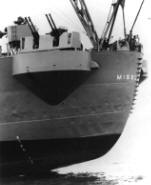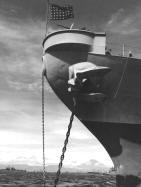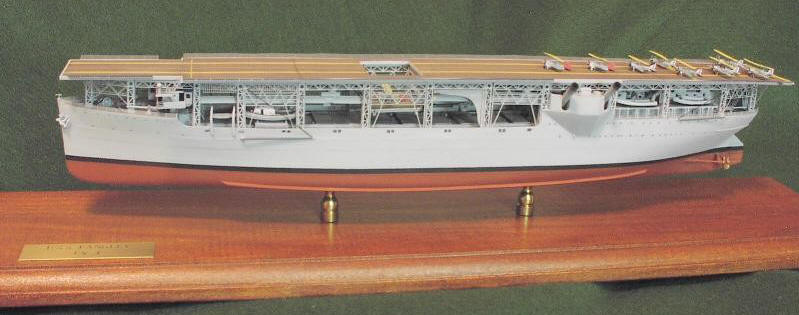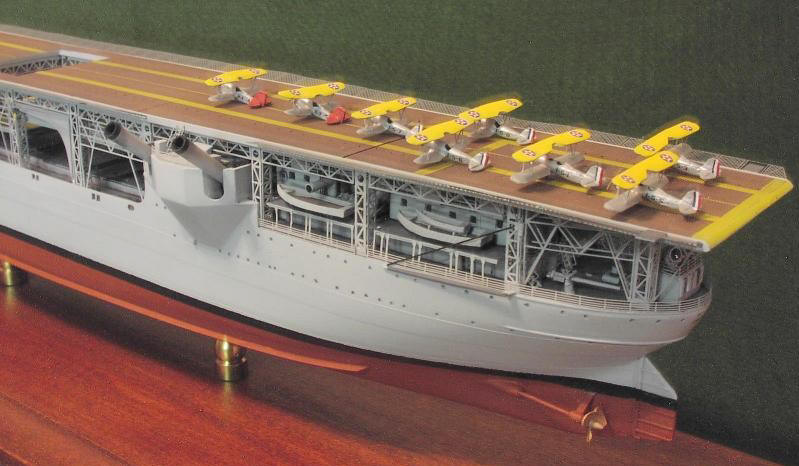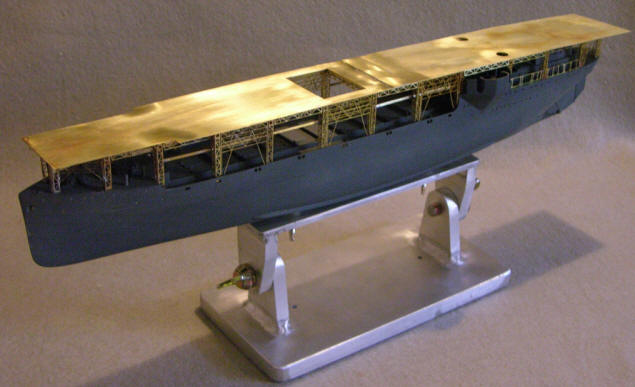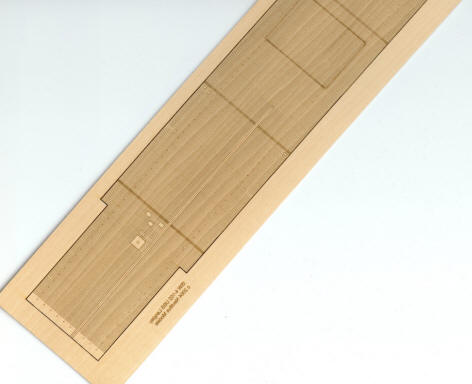|
Toll free 800 - 845-1140 |
|
Shipping
will be added to all orders, we always endeavor to give you the
best rate >>> Click for Rates. |
If you have any
questions or need help email us, call us or click here for HELP

USS Langley America's first Aircraft Carrier
This is a complete resin not for beginners.
Kit#
A100 - 399.95 Resin Kit
This model was built by Dave Judy.
Jupiter was converted into the first U.S.
aircraft carrier at the Navy Yard, Norfolk, Va., for the purpose of conducting
experiments in the new idea of seaborne aviation, a field of unlimited
possibilities. Her name was changed to Langley 11 April 1920; she was
reclassified CV-1 and recommissioned 20 March 1922, Comdr. Kenneth Whiting in
command.
As the first Navy carrier, Langley was the scene of numerous momentous
events. On 17 October 1922 Lt. Virgil C. Griffin piloted the first plane, a
VE7-SF, launched from her decks. Though this was not the first time an airplane
had taken off from a ship, and though Langley was not the first ship with
an installed flight-deck, this one launching was of monumental importance to the
modern U.S. Navy. The era of the aircraft carrier was born introducing into the
Navy what was to become the vanguard of its forces in the future. With
Langley underway 9 days later, Lt. Comdr. G. DeC. Chevalier made the first
landing in an Aeromarine. On 18 November Commander Whiting, at the
controls of a PT, was the first aviator to be catapulted from a carrier's deck.
By 15 January 1923 Langley had begun flight
operations and tests in the Caribbean for carrier landings. In June she steamed
to Washington, D.C., to give a demonstration at a flying exhibition before civil
and military dignitaries. She arrived Norfolk 13 June and commenced training
along the Atlantic coast and Caribbean which carried her through the end of the
gear. In 1924 Langley participated in more maneuvers and exhibitions, and
spent the summer at Norfolk for repairs and alterations, she departed for the
west coast late in the year and arrived San Diego 29 November to join the
Pacific Battle Fleet. For the next 12 years she operated off the California
coast and Hawaii engaged in training fleet units, experimentation, pilot
training, and tactical-fleet problems. On 25 October 1936 she put into Mare
Island Navy Yard, Calif., for overhaul and conversion to a seaplane tender.
Though her career as a carrier had ended, her well-trained pilots proved
invaluable to the next two carriers,
USS Lexington (CV-2)
and
USS Saratoga (CV-3).
Wood Deck on top of a Brass
deck

